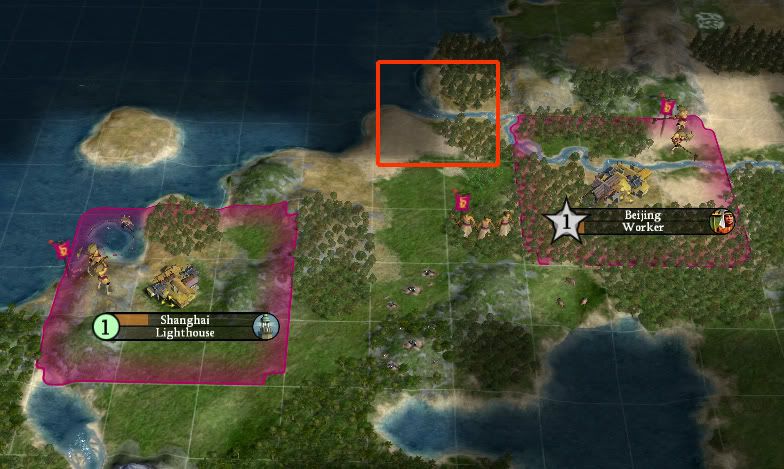alcibaides
Warlord
- Joined
- Feb 22, 2005
- Messages
- 136
In the Civ IV manual, it says the following:
So if I understand this correctly, any resource that is on the coast will be accesible to all of your coastal cities. is this correct?
Does this mean that I can send a worker to any resource anywhere along the coast, improve it and then I will have access to it in all my coastal cities?
What happens if part of the coastline passes through a rival civs cultural area?
If the resource is not on the coastline, can I simply build a road to the coast to get access to it? Or do I need to build the road to one of my port cities?
Based on these rules, why would you even need to build long roads when you can simply build a road to your nearest port and all of your port cities will then have access to the resource?
Or have I totally misunderstood this?
Roads and Resources
If an improved resource is within a citys city radius, that city
will get the benefit of the resource, roads or no roads.However,
cities further away must be connected to the resources space
via roads, rails, rivers, or coastline to get the benefits.
So if I understand this correctly, any resource that is on the coast will be accesible to all of your coastal cities. is this correct?
Does this mean that I can send a worker to any resource anywhere along the coast, improve it and then I will have access to it in all my coastal cities?
What happens if part of the coastline passes through a rival civs cultural area?
If the resource is not on the coastline, can I simply build a road to the coast to get access to it? Or do I need to build the road to one of my port cities?
Based on these rules, why would you even need to build long roads when you can simply build a road to your nearest port and all of your port cities will then have access to the resource?
Or have I totally misunderstood this?





 Here's a nice post explaining some finer points about trade route connections:
Here's a nice post explaining some finer points about trade route connections: